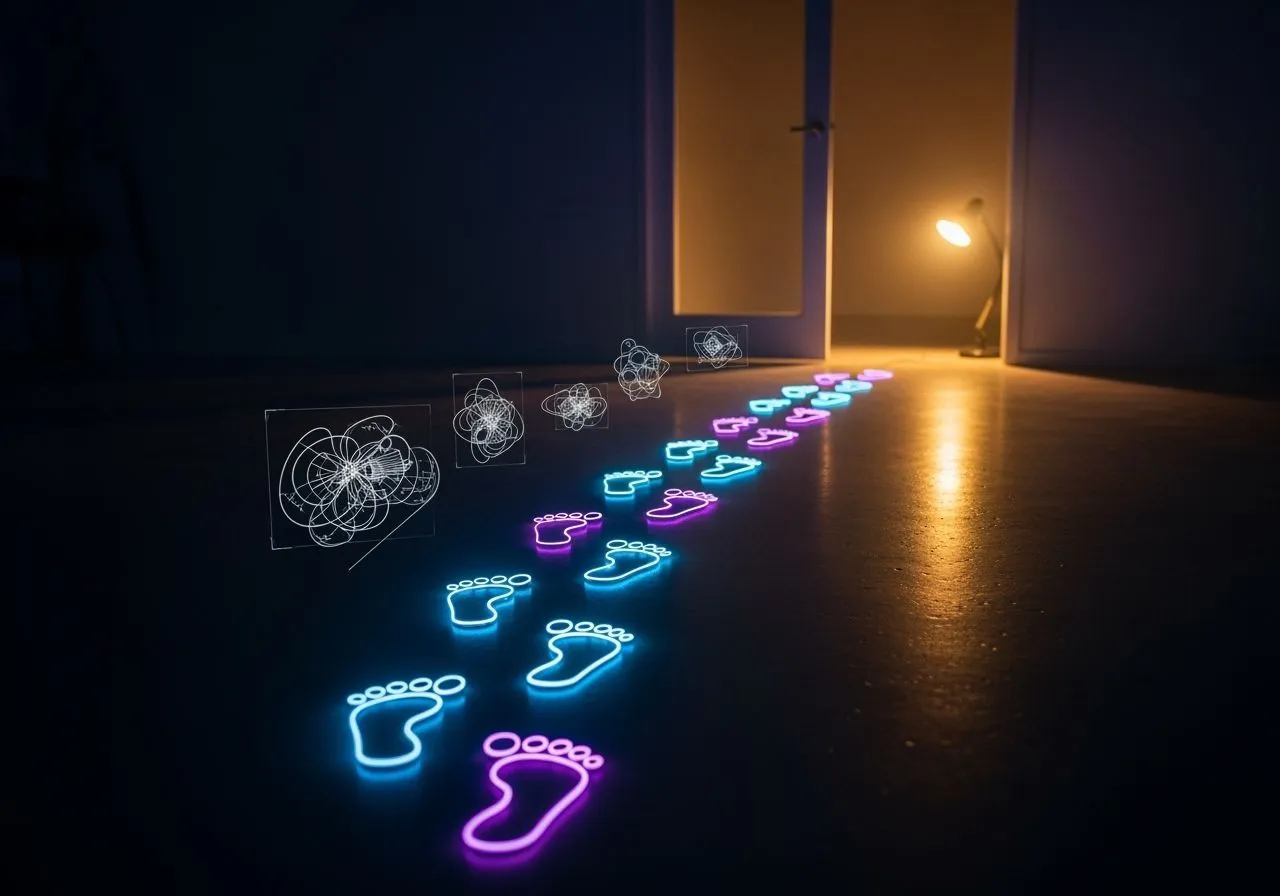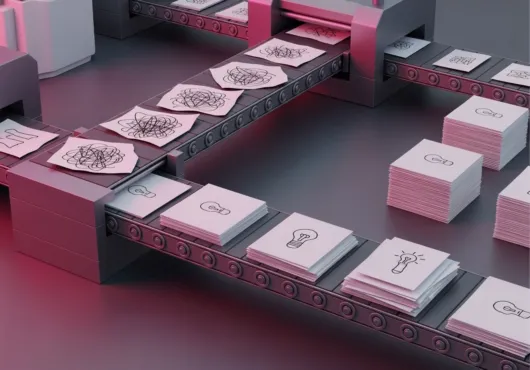“Models don’t change their minds—their incentives get updated.”
Your AI didn’t wake up dumber—it got optimized away from you. Silent patches trade edge for “safety,” depth for cost, and clarity for KPIs you don’t get paid for.
Your AI didn’t “evolve.” They changed it—quietly.
Drift = silent updates, guardrail creep, data mush.
Treat stability like a feature: pin, log, rollback.
The déjà vu bug
Last month the model sounded like a razor. This week it’s oatmeal with a safety lecture. You didn’t forget how to prompt. The brand didn’t “get smarter.” The weights moved, the rules tightened, and nobody told you. That’s model drift wearing a press release.
What drift actually is
Drift isn’t mystical; it’s maintenance with side effects. New weights slip in under the same label. Legal bolts on fresh guardrails because someone somewhere did something dumb. The training pool absorbs more spam and PR copy until the model’s “neutral” voice becomes a perky HR memo. Small infra tweaks—tokenizer, sampling defaults, context window—bend tone and timing in ways you only discover when your deadline is already on fire.
Why it hits you
Platforms optimize for predictability because investors want charts, not surprises. Creators optimize for what worked last week because rent exists. Put those loops together and you train the system to sand off anything jagged. That’s great for retention curves and terrible for a voice. When the vendor nudges the dials to shave legal risk or compute cost, your carefully tuned prompts now aim at yesterday’s target.
Tells you can spot in one minute
Tone mutation: a precise answer becomes a TED Talk.
Refusal creep: harmless requests trip “I can’t help with that” boilerplate.
Confident fuzz: names swapped, dates off-by-one, details smoothed into vibe.
If it feels like a different person texting from the same number, that’s because it is.
The human tax
Drift doesn’t just waste keystrokes; it scrapes morale. Teams build muscle memory—how to phrase, where the edge is, which follow-up unlocks the good stuff. Then Tuesday arrives with a new personality wearing last week’s name. Designers rephrase, engineers re-prompt, writers sand tone by hand, managers burn meetings litigating a ghost. That’s not “innovation.” That’s unpaid QA.
What vendors should do (but rarely do)
Grown-up software ships changelogs. It separates major from minor changes. It lets you roll back when a patch breaks your workflow. LLM platforms love the theatre of “latest” and hate the accountability of pinning. If your tool touches money, health, housing, courts—or your reputation—that black-box privilege needs to die. No more secret math deciding public outcomes.
Living with it (without becoming a lab tech)
Pin what you can. If the platform offers versioned models, use them. “Latest” is for demos; pinned is for work.
Fix your own knobs. Set temperature/top_p/max tokens yourself. Don’t trust defaults that wander.
Keep two receipts. Save one “good” answer and one “bad” after any change, with dates. That’s your ammo for a vendor ticket—or for switching tools.
That’s it. No benchmarking shrine, no spreadsheet religion. Just make drift expensive for them and cheap for you.
The standard to demand
If a model touches rights or money: publish plain-English changelogs, show refusal/latency deltas, expose error bars, and give users a one-click rollback. And if regressions are proven, recall the model the way we recall bad breathalyzers. Patch or park it. “Trust us, it’s better” is not governance.
Cold close
“The model learned” is PR. The truth is simple: they changed it, and you paid the tax. Pin your version, keep proof when it slides, and stop confusing a moving target with progress. Stability isn’t a nice-to-have; it’s oxygen. When you can’t breathe, nothing else about AI matters.



